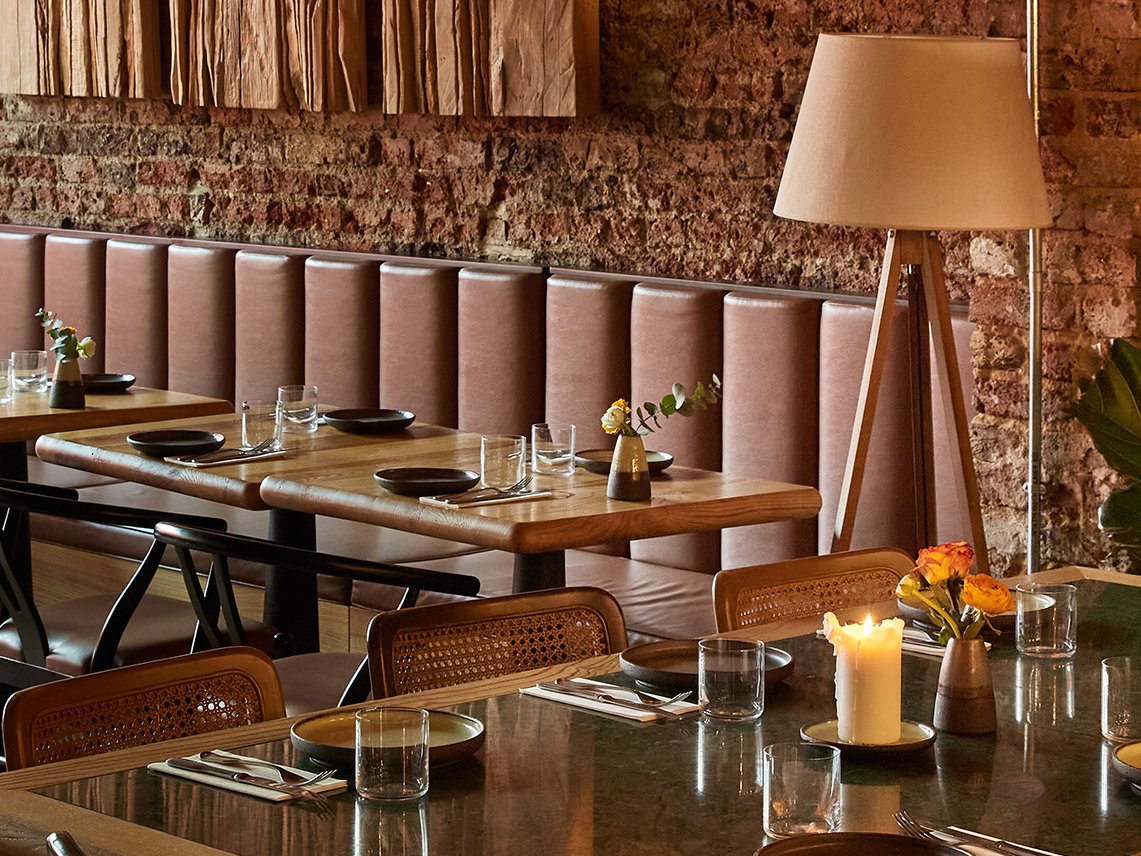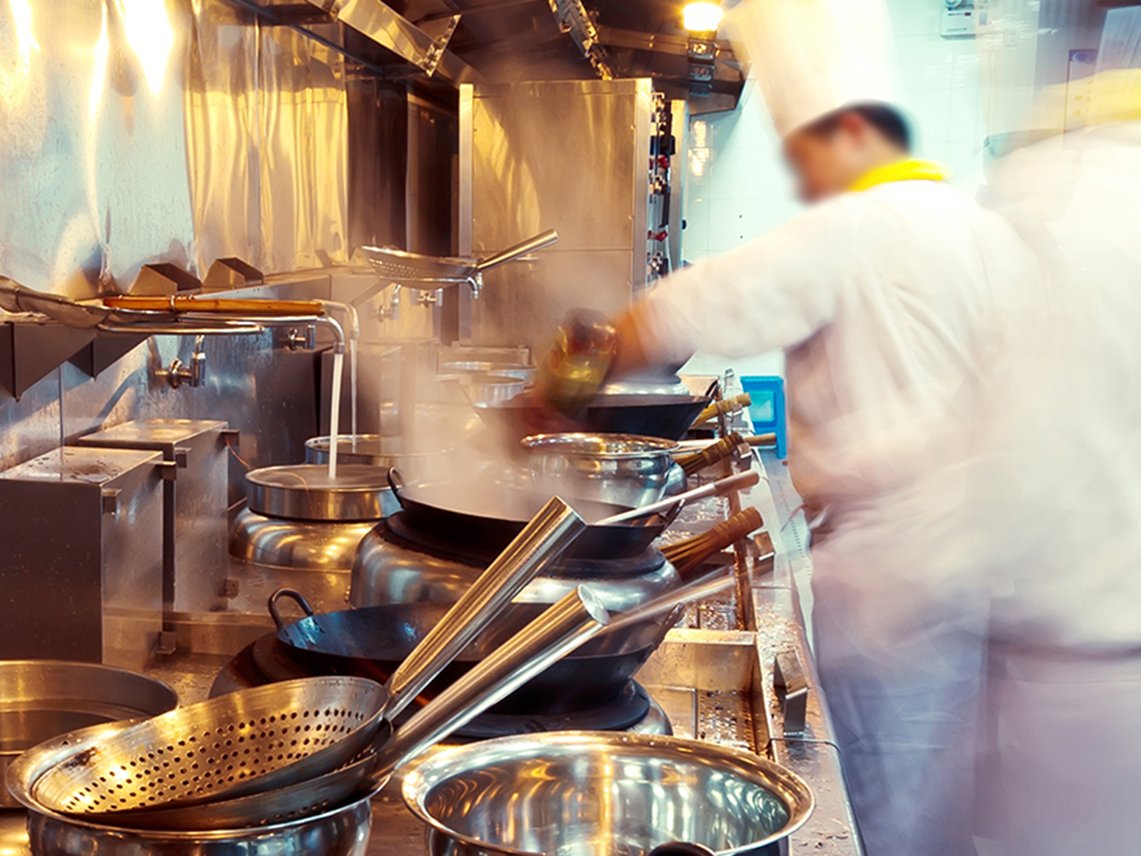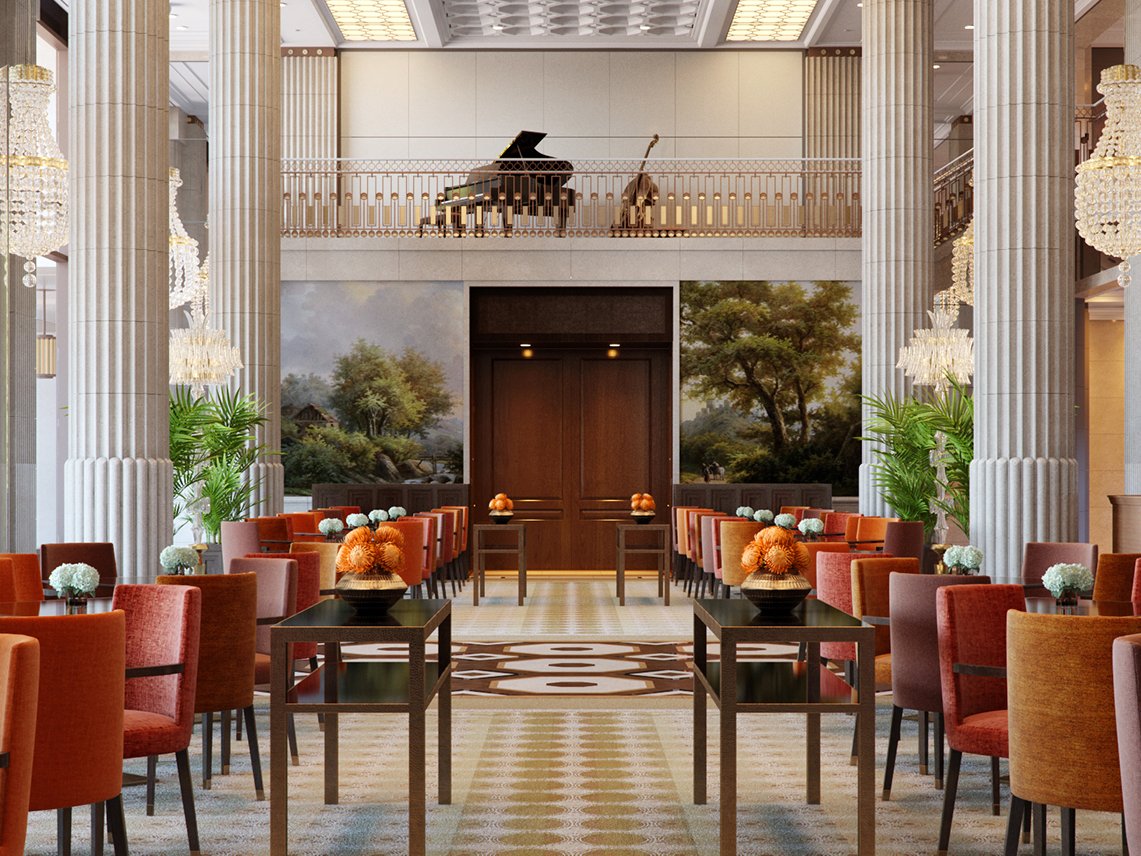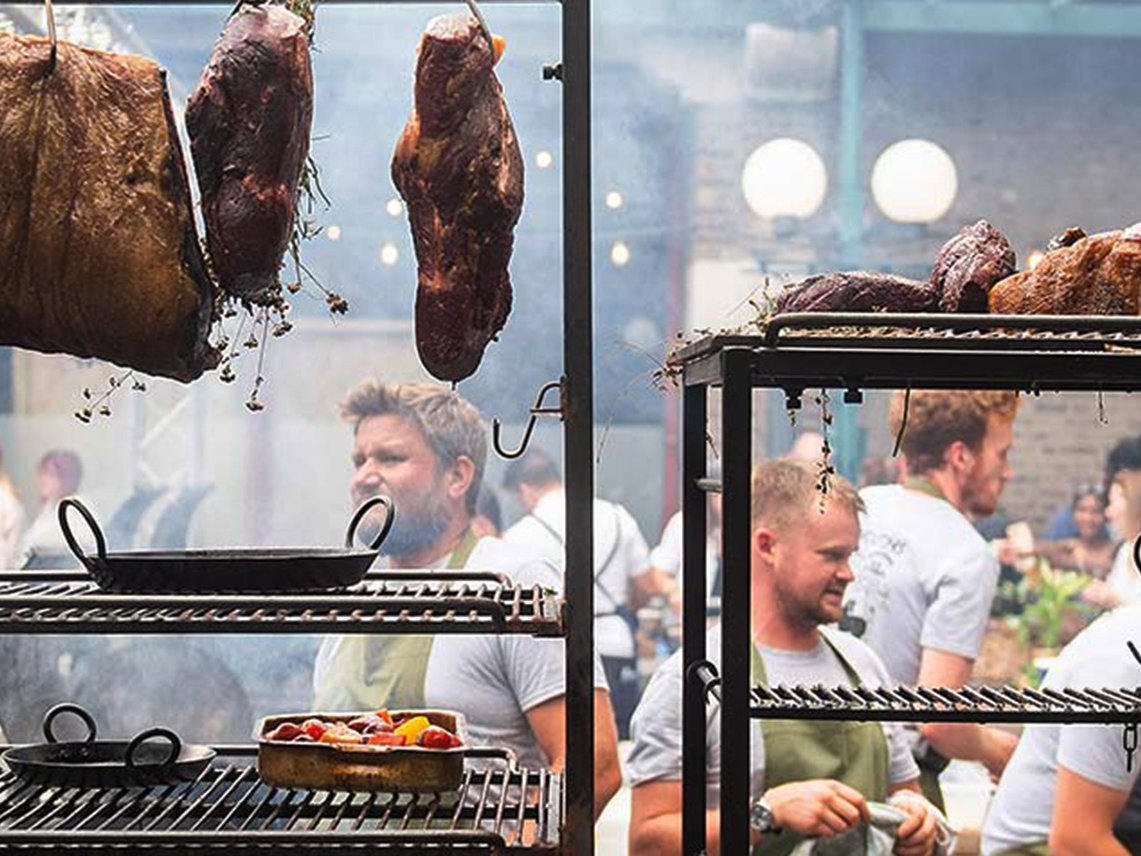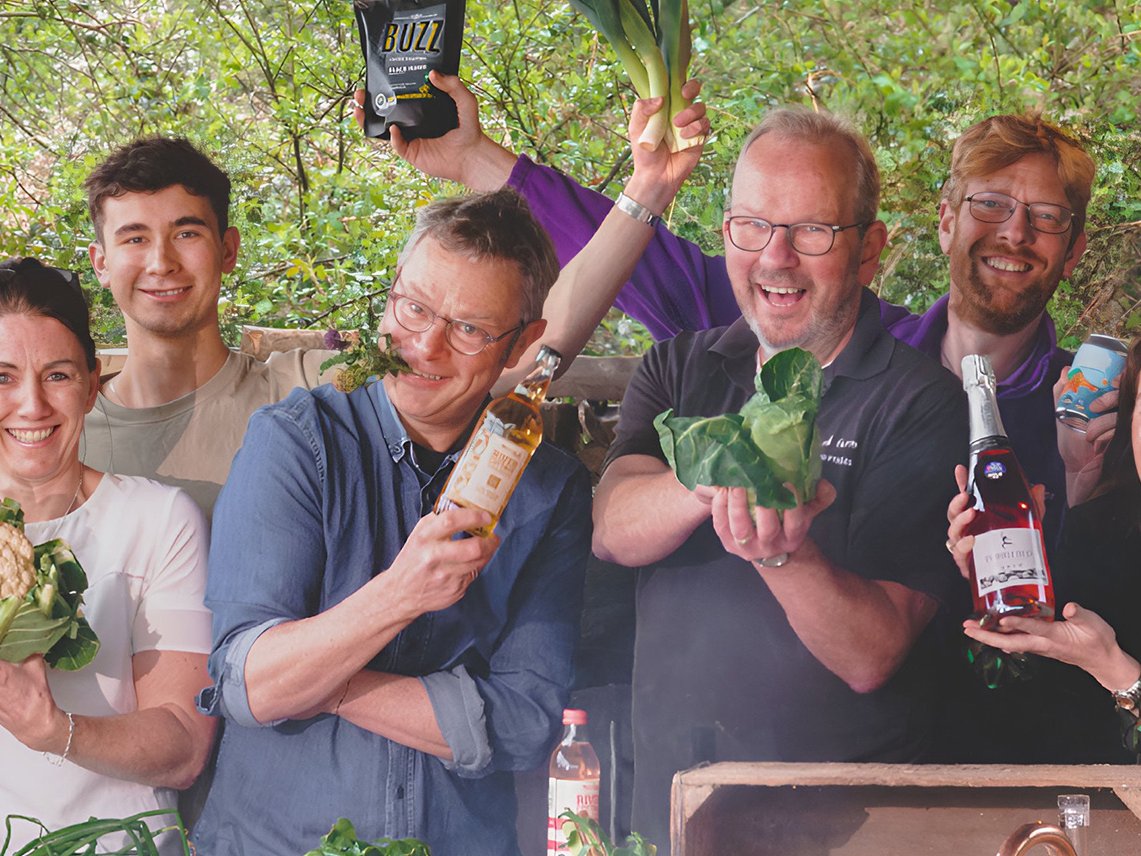Manchester: the UK’s destination city!
The cultural gem that is the only British entrant in the list of top world locations for 2023.
Manchester has become well known for its numerous top-class attractions such as the Science Museum, the Jewish Museum, the Factory International arts space, Castlefield Viaduct and National Football Museum, to name but a few. The city is also well-known for its food (the ‘Curry Mile’ just south of the city has over 70 restaurants serving a panoply of Asian and Middle-Eastern cuisine).
Manchester also has a sports legacy through the world-famous United and City football giants, the latter situated in a top-class sports ‘campus’ that is the envy of the world. This campus serves not only football but also athletics, with a nearby cycle velodrome which helped the British team claim numerous Olympic medals. And these locations are constantly expanding and further evolving through an extensive programme of renovation.
Like any major city, Manchester has its own fair share of ‘hidden gems’, with one of its premier less well-known attractions becoming much more visible because of its recent policy of increased public access – the neo-gothic Ryland’s Library, located on the main thoroughfare, Deansgate. Deansgate itself (home to the somewhat out of place and rather magnificent Kendal’s – the House of Fraser department store) is one of the two separators of the two major cities that make up Greater Manchester and unusually sit seamlessly side by side: Manchester and Salford. The ‘main’ separator is the River Irwell, placing Salford in the west-central part of the metropolitan county, with the city of Manchester to the immediate east. Salford itself is home to the famous Media City, which boasts major television broadcasters, a magnificent ‘national’ modern theatre and the Imperial War Museum.
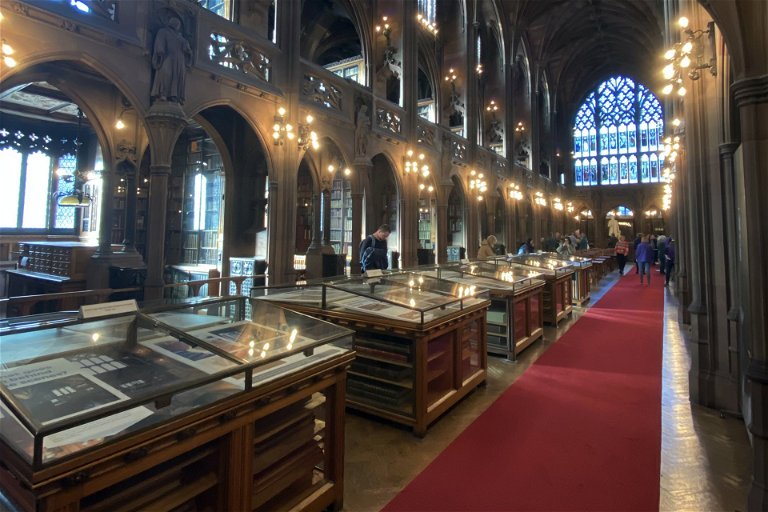
Words really do fail to describe the magnificence of the Ryland’s building and its interior, and even if you only have a few minutes to spare, do visit. The interior is absolutely breathtaking, and the exhibits, if you are in any way a bookworm, are fascinating. Even in the company of fellow tourists, the atmosphere, brimming with neo-Gothic architecture, is unique; no wonder it is said to be one of the finest libraries in Europe. There are events and exhibitions held regularly, and you may just catch a lecture from staff, so check the admission times and also bear in mind that, as a Grade 1 listed building, there may be an admission limit if there are too many visitors at one time – very much a visual sense experience.
Before returning back across the road to Manchester, it is worth a trip through the fashionable Spinningfields to the northwest corner, where you will find the People’s History Museum, located beside the rather unusually designed ‘filing cabinet’ that is the Manchester Combine Court. A few minutes’ walk back through Spinningfields and across Deansgate, returning to the city of Manchester, you’ll find a church actually named ‘The Hidden Gem’ (potentially having to use Google Maps in the process), located in the somewhat anonymous Mulberry Street. Officially called St Mary's Catholic Church, the parish and church date back to 1794, with its devotion being to St Mary, Our Lady of the Assumption. Rebuilt in 1848, it was the first permanent catholic mass centre that opened in Manchester following the Reformation.

Externally, it is rather plain red brick, but this hides the absolutely majestic Victorian carvings of the interior, including magnificent life-size images of Our Lady, St Augustine, St Hilda, St John, St Joseph, St Patrick, St Peter and St Stephen. Whether you’re religious or not, it is well worth a visit, and while you’re in the area, you might also want to make your way to one of the most unique venues of all, the Temple pub, where Great Bridgewater Street meets Oxford Street – a converted underground gents’ toilet!
The Manchester Jewish Museum occupies the Grade II listed former Spanish and Portuguese synagogue on Cheetham Hill Road. It is somewhat off the beaten track in the heart of one of the largest wholesale trading complexes in the country, the museum recently undergoing a £6million redevelopment and extension, reopening in July 2021. It features a new gallery, vegetarian café, shop and learning studio. The synagogue itself was further restored, with the museum charting the contribution made by the Jewish Community to the magnificent multicultural city that is Manchester.
Just off the famous Piccadilly Gardens in the centre of the city, and slightly to the south, you’ll find Canal Street, the centre of the city’s gay community and an absolutely joyful place to enjoy a traditional British ‘pint’ and a sandwich. In the opposite direction, and slightly to the north of the centre, sits Oldham Street, the focus of the Northern Quarter, famed as a major centre of alternative and bohemian culture. Art and music venues abound (you’ll have to go looking – not all are obvious), with owner-managed pubs and eating establishments (where you can even take part in the ‘quaint’ English tradition of queuing); here you’ll certainly find plenty of ‘oh gosh’ moments!
Mentioning Oldham Street, you have to consider a visit to Affleck’s, a somewhat hidden in plain sight iconic indoor market of independent commerce over several floors, featuring more than 60 small, independent traders dedicated to total eclecticism. To give more of an insight into the workings of Oldham Street, you’ll find no fewer than three music shops dedicated solely to vinyl.

Running parallel to Oldham Street is Newton Street, on which sits the often-overlooked Greater Manchester Police Museum and Archives, currently undergoing a major renovation in recognition of its importance. It makes yet another fascinating few hours, again, and is somewhat off the regular tourist track.
Also worth mentioning is the historic Corn Exchange (now housing a collection of restaurants), the National Football Museum, Cheetham’s Library (located in the iconic Cheetham’s School of Music) and Manchester Cathedral (the city’s ‘parish’ church and seat of the Bishop of Manchester), all located centrally and in proximity to Victoria Railway Station. And if you have a penchant for retail therapy, the Arndale Centre shopping mall, with over 200 retailers, is just across the road.
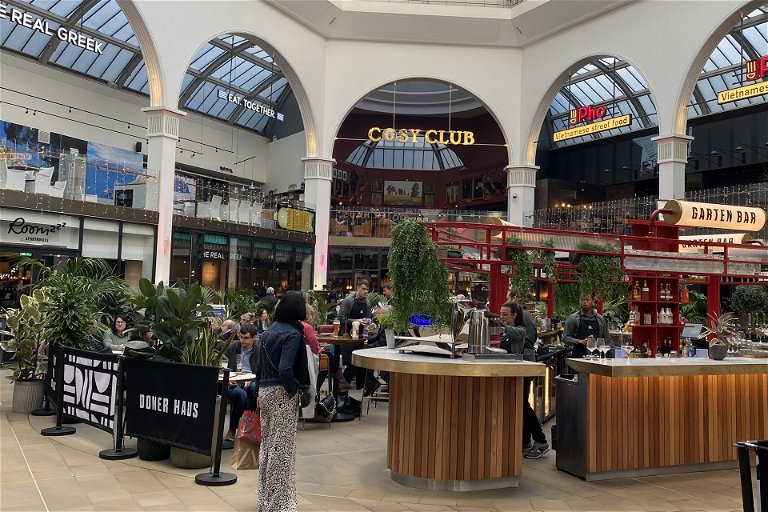
It would take an editorial of far greater proportion – or even a book – to actually do justice to the numerous gems, many that are genuinely hidden, throughout Manchester.


